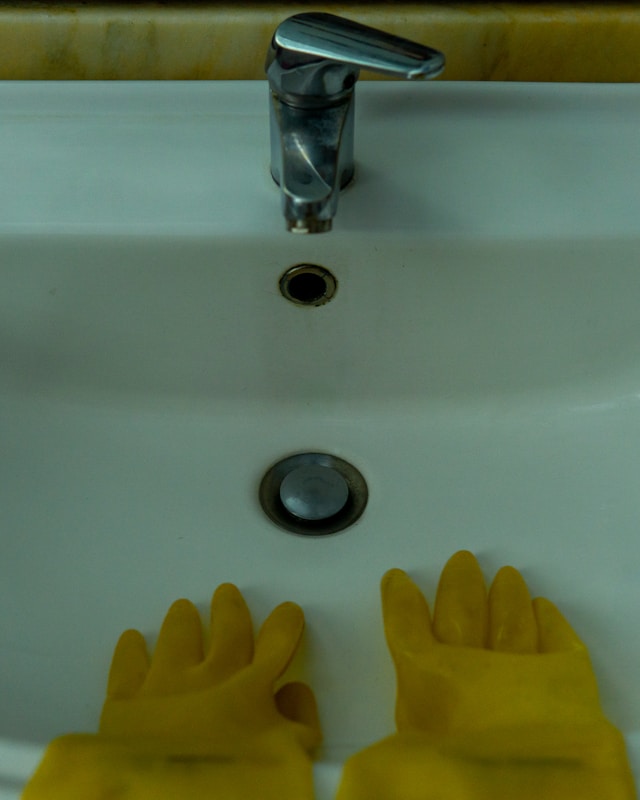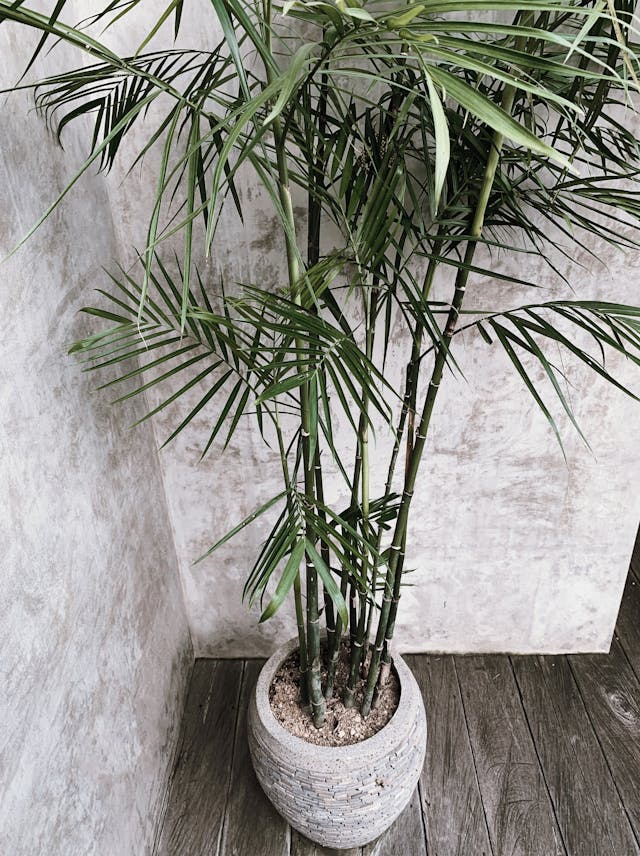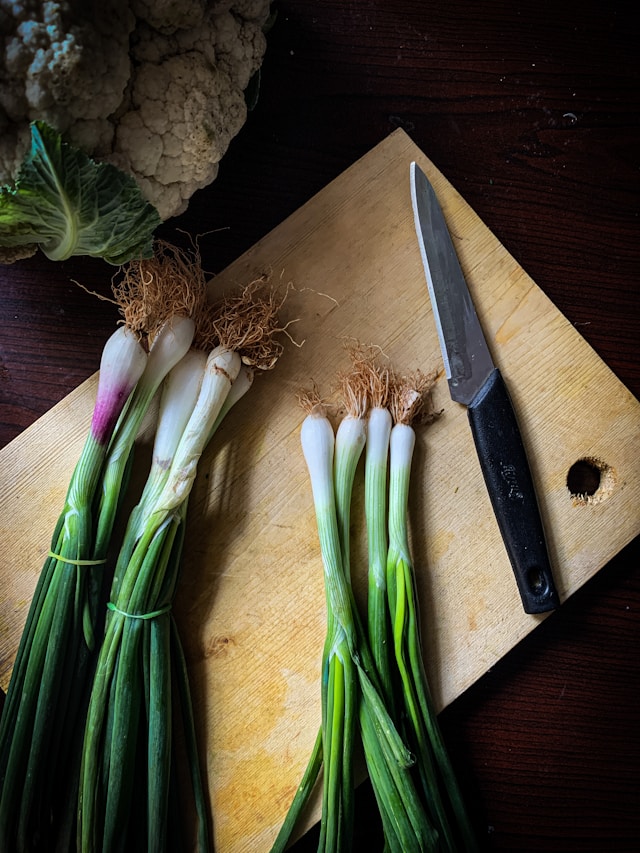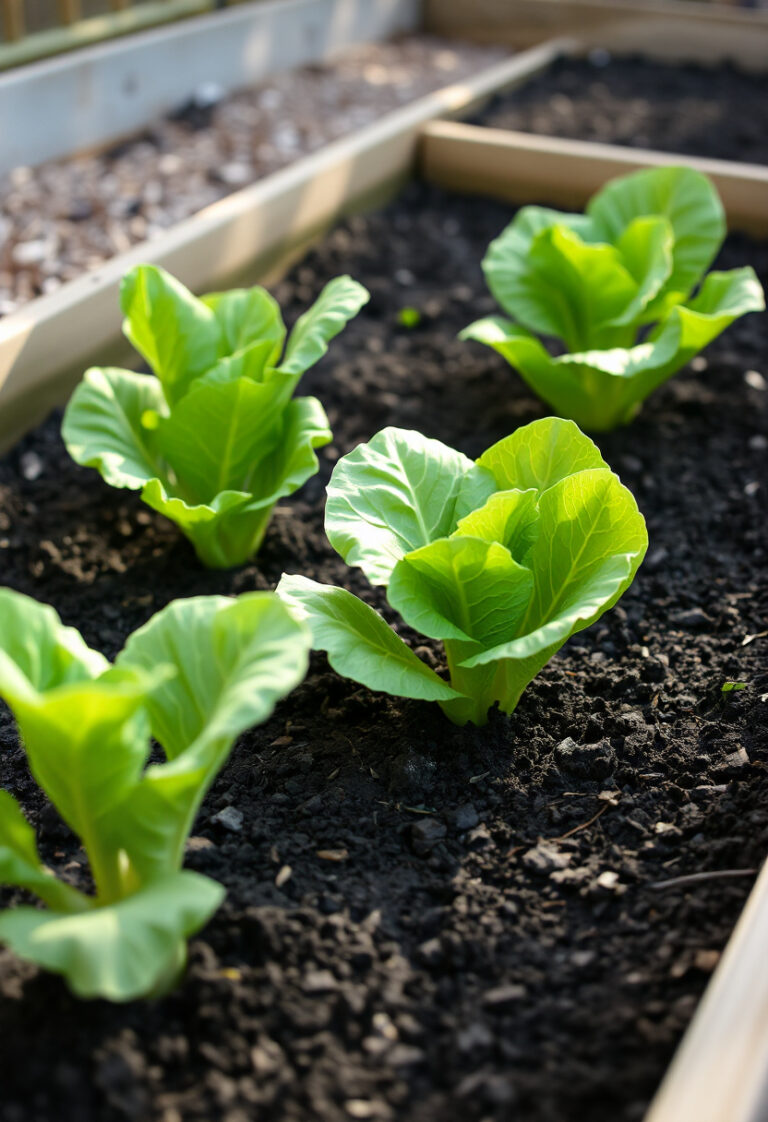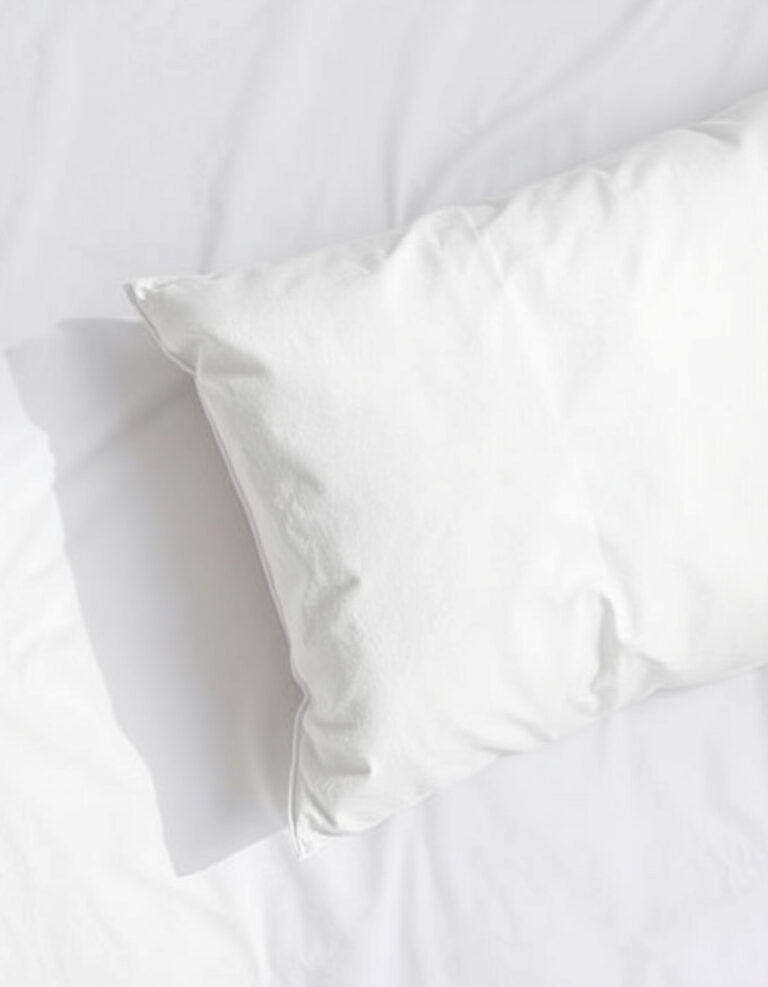Transform your front yard into a stunning landscape with creative flower bed designs that combine natural stone elements with colorful plantings. These rock and stone border ideas can enhance your home’s curb appeal while providing practical benefits like drainage improvement and maintenance reduction.
Why Choose Rock and Stone Borders for Your Flower Bed
Stone borders offer numerous advantages for front yard landscaping. They create defined boundaries that prevent soil erosion, reduce lawn maintenance by eliminating the need for frequent edging, and provide excellent drainage for your plants. Unlike wood or plastic edging, stone borders last for decades without replacement.
Rock elements also complement various architectural styles, from modern minimalist homes to traditional colonial designs. The natural texture and colors of stone create visual interest while maintaining a sophisticated appearance that increases property value.
Planning Your Front Flower Bed Design
Before selecting rocks and plants, evaluate your front yard’s specific conditions. Consider the amount of sunlight each area receives throughout the day, as this determines which plants will thrive. Note areas that collect water after rain, as these spots may require additional drainage solutions.
Measure your intended flower bed space and sketch a basic layout. This planning phase helps you calculate material quantities and ensures proportional design elements that complement your home’s scale.
17 Creative Rock and Stone Flower Bed Ideas
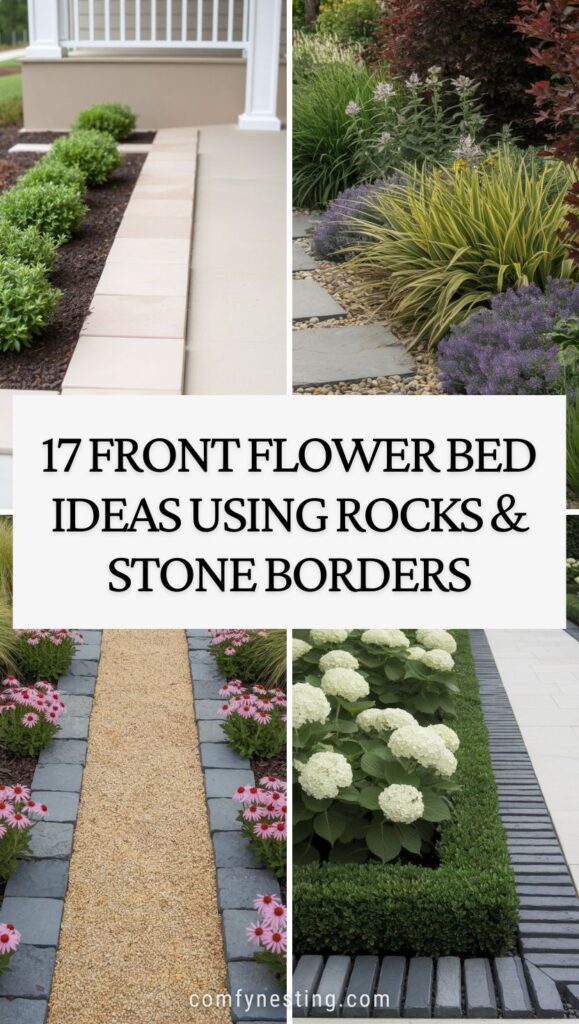
1. River Rock Perimeter Garden
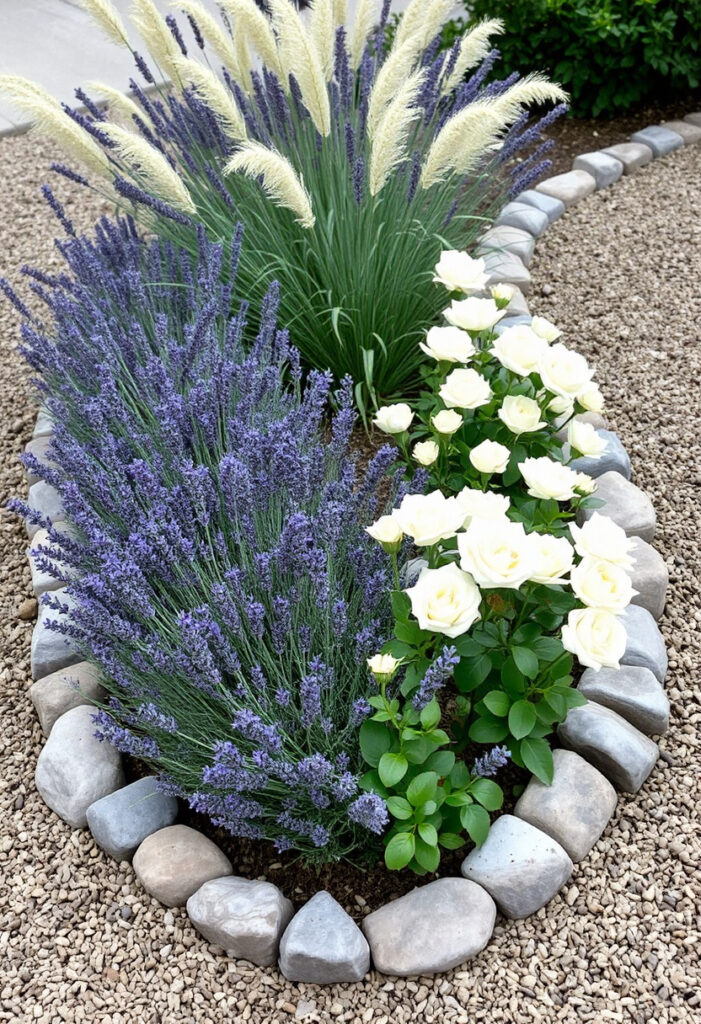
Create smooth, curved borders using river rocks ranging from 2-4 inches in diameter. These naturally rounded stones work exceptionally well with cottage garden plantings like lavender, roses, and ornamental grasses. The neutral gray and tan colors complement most home exteriors.
2. Fieldstone Terraced Beds
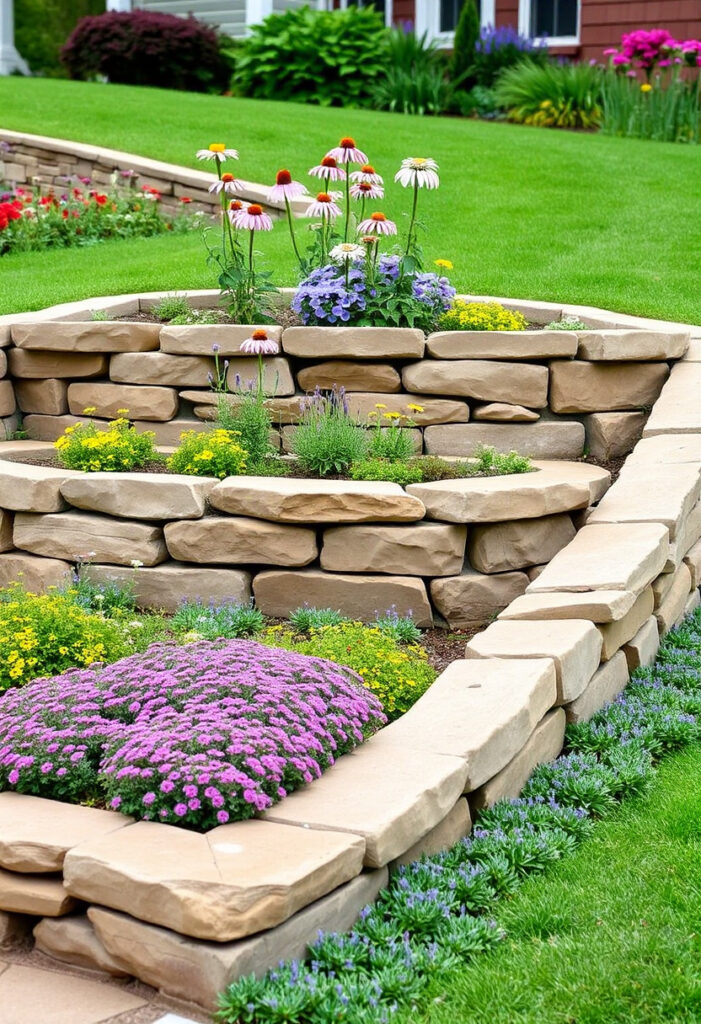
For sloped front yards, construct terraced flower beds using fieldstone retaining walls. Stack flat stones to create multiple planting levels, allowing you to grow different plant varieties at various heights while preventing soil erosion.
3. Limestone Block Borders
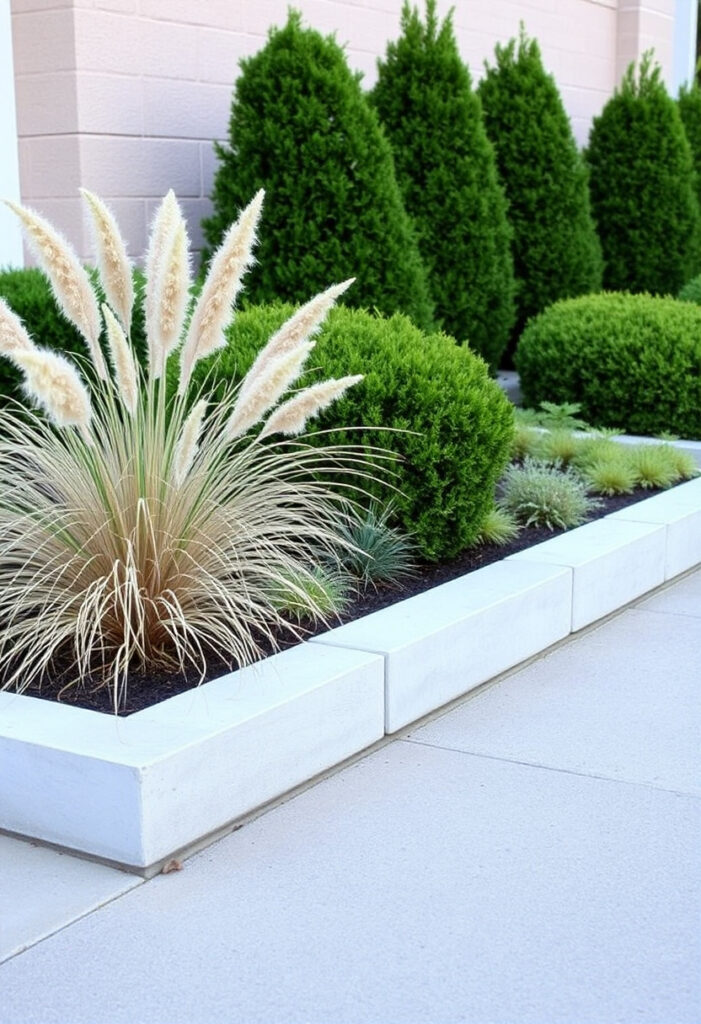
Install limestone blocks to create clean, geometric flower bed edges. These uniform rectangular stones provide a modern appearance and work well with contemporary landscaping featuring ornamental grasses and structured plantings.
4. Flagstone Pathway Integration
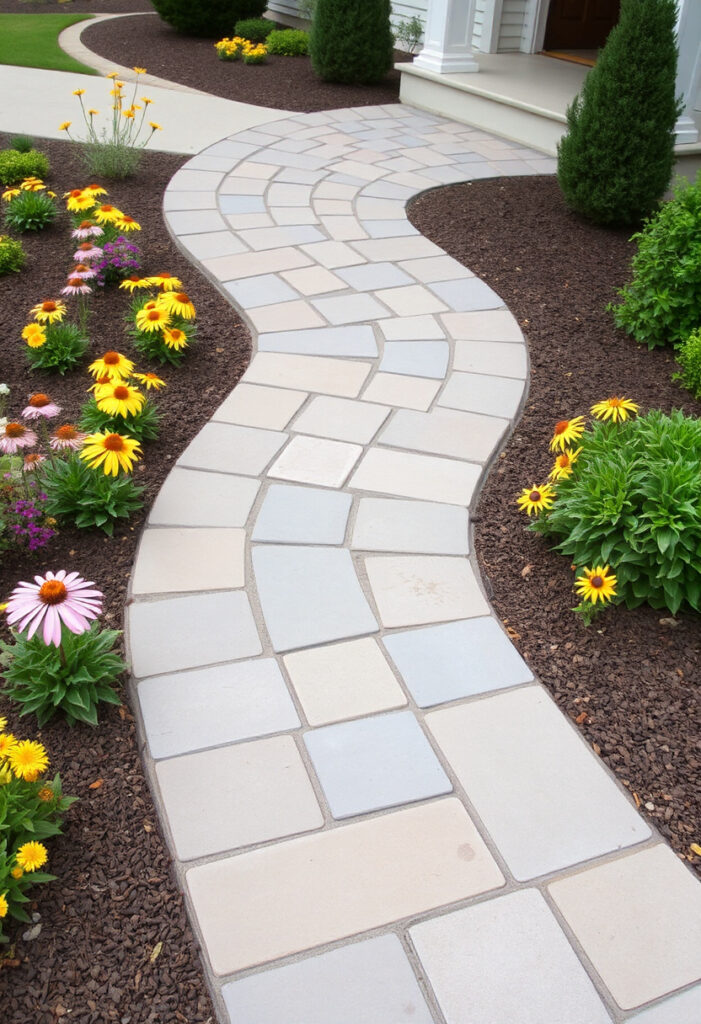
Combine your flower bed with a flagstone walkway by extending stones into the planting area. This design creates cohesive flow from hardscape to landscape while providing stepping stones for garden maintenance access.
5. Cobblestone Curved Borders
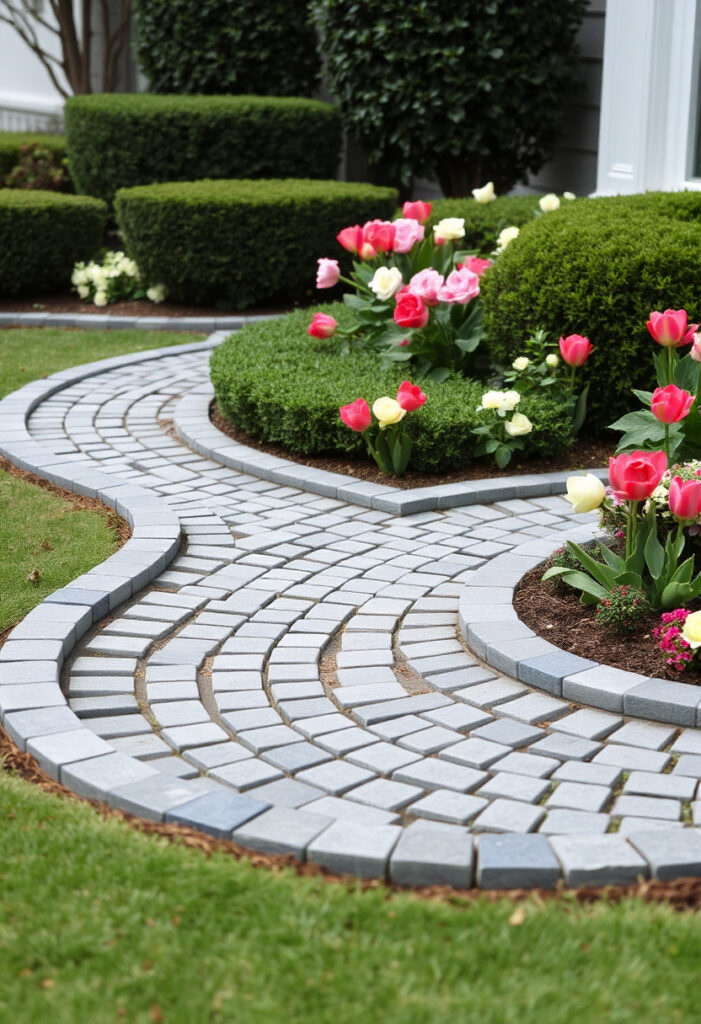
Create elegant curved borders using cobblestones arranged in flowing patterns around your flower bed. These rounded granite stones provide a classic European appearance and work exceptionally well with formal plantings like boxwood, roses, and seasonal bulbs.
6. Crushed Granite Mulch Beds
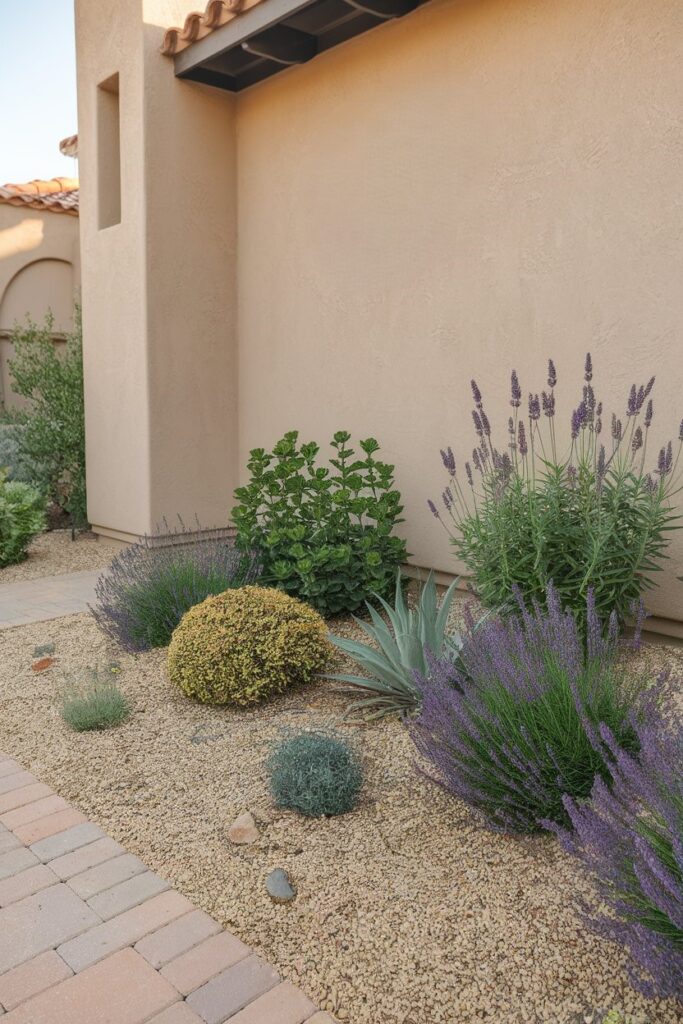
Use crushed granite as both border definition and mulch replacement. This angular stone material provides excellent drainage while suppressing weeds. Choose colors that complement your home’s exterior palette.
7. Stacked Stone Raised Beds
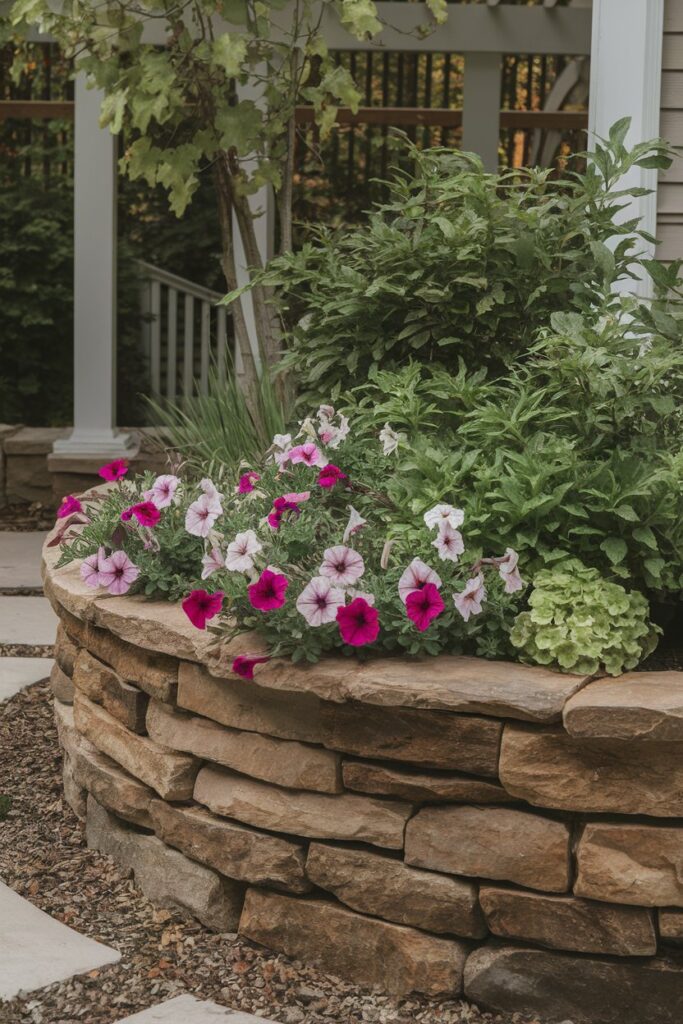
Build raised flower beds using stacked stone construction. This technique works particularly well for homes with basement-level front entries, creating elevated planting areas that improve visibility and drainage.
8. Pea Gravel Pathways

Design flower beds with internal pea gravel pathways for easy maintenance access. Border these paths with larger stones to create distinct walking areas while maintaining planted zones.
9. Mixed Stone Texture Combinations
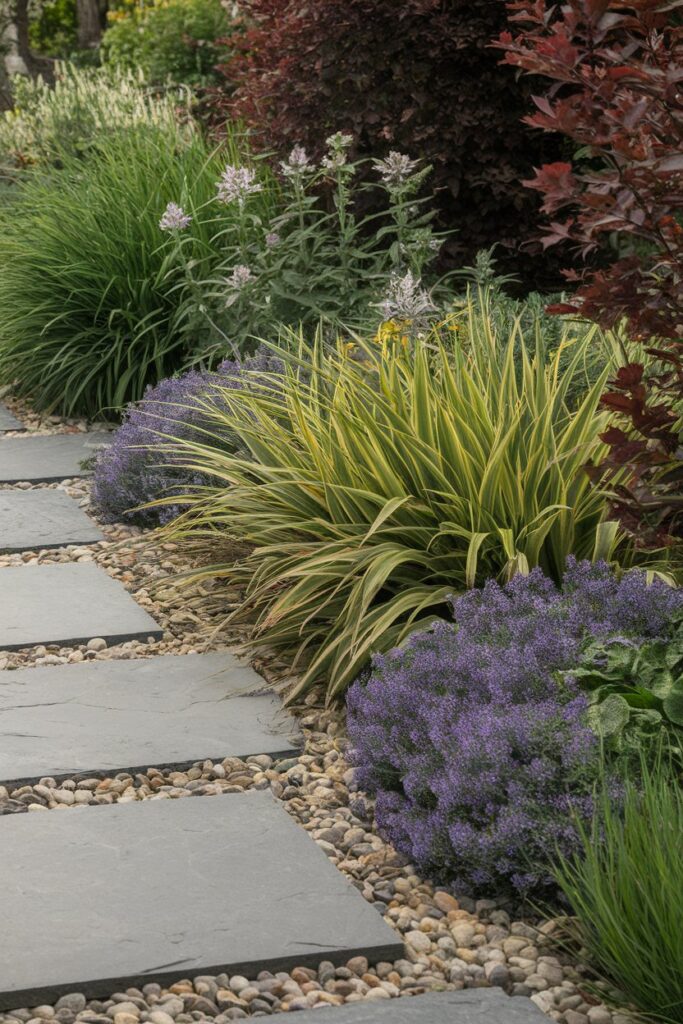
Combine different stone types within a single flower bed design. Use larger fieldstones for primary borders and smaller river rocks for accent areas, creating textural variety while maintaining design cohesion.
10. Natural Stone Steps
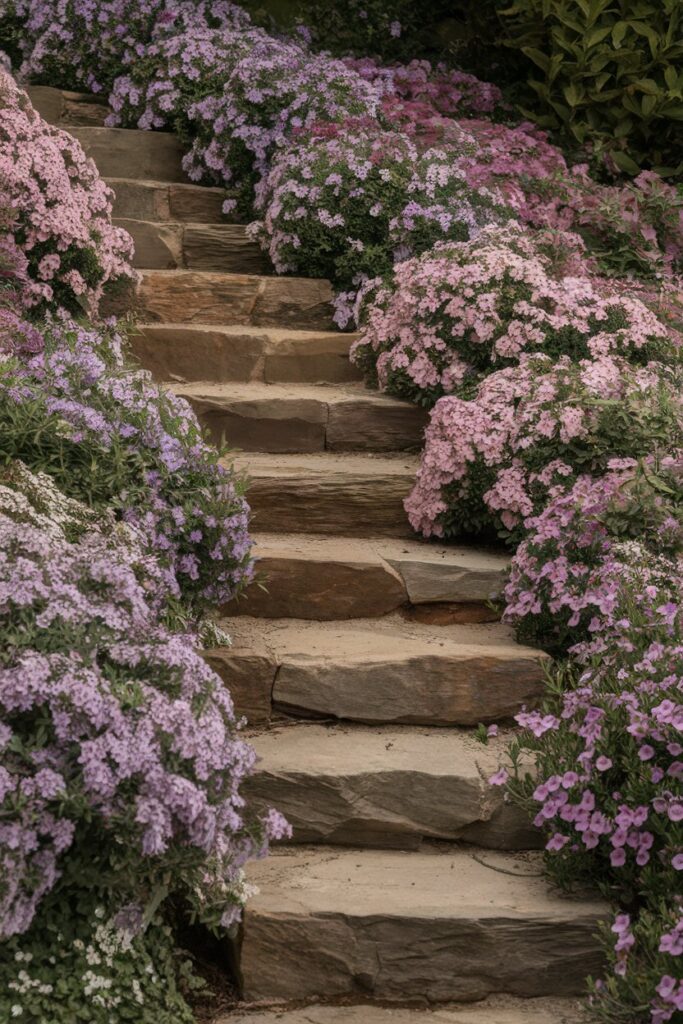
For front yards with elevation changes, integrate natural stone steps into your flower bed design. Plant along the step edges with cascading varieties like creeping phlox or trailing petunias.
11. Dry Creek Bed Integration
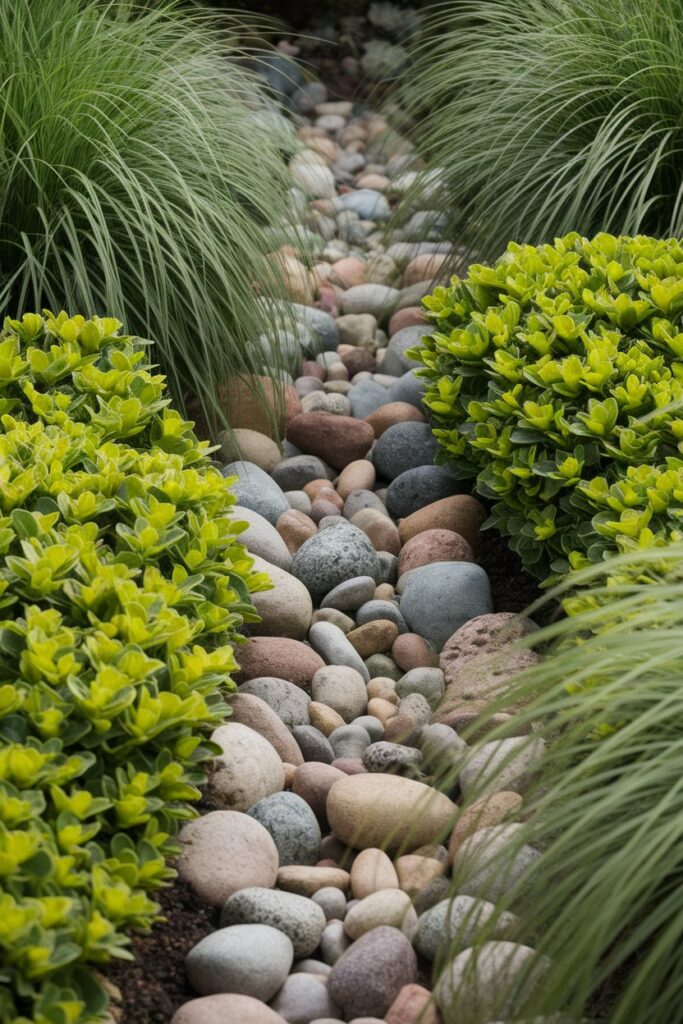
Simulate a dry creek bed running through your flower bed using various sized river rocks. This design provides excellent drainage during heavy rains while creating visual movement through the landscape.
12. Mortared Stone Borders
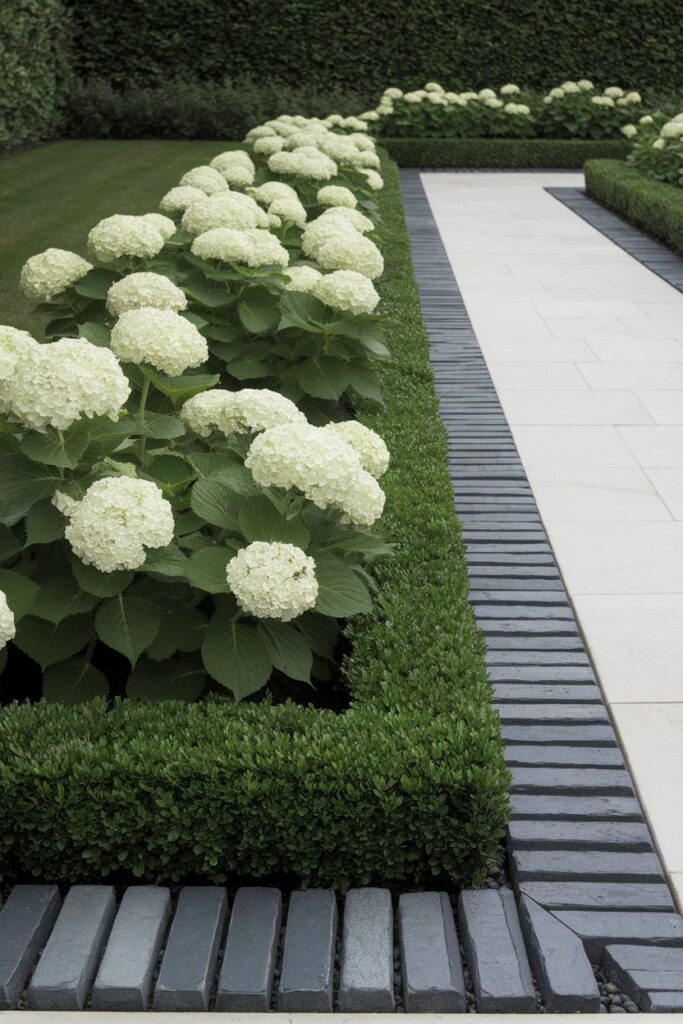
Create permanent flower bed borders using mortared stone construction. This technique provides the most durable edging solution and works well for formal front yard designs requiring precise geometric shapes.
13. Slate Chip Mulch Areas
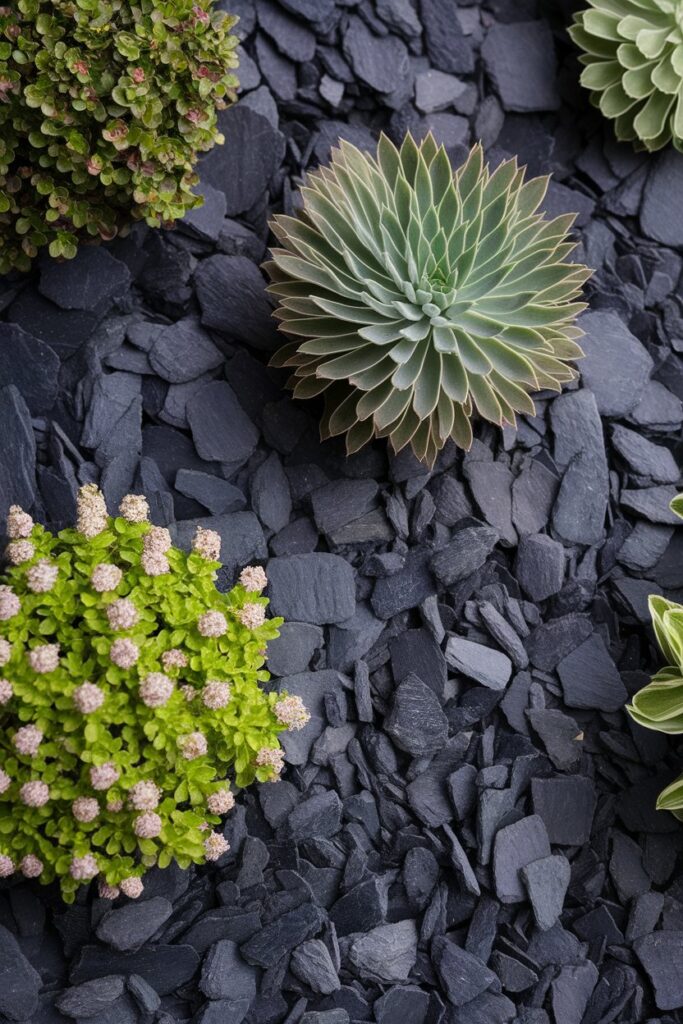
Replace traditional mulch with slate chips in select flower bed areas. This inorganic mulch option provides excellent moisture retention while offering unique color options like purple, green, or gray.
14. Gabion Wall Planters
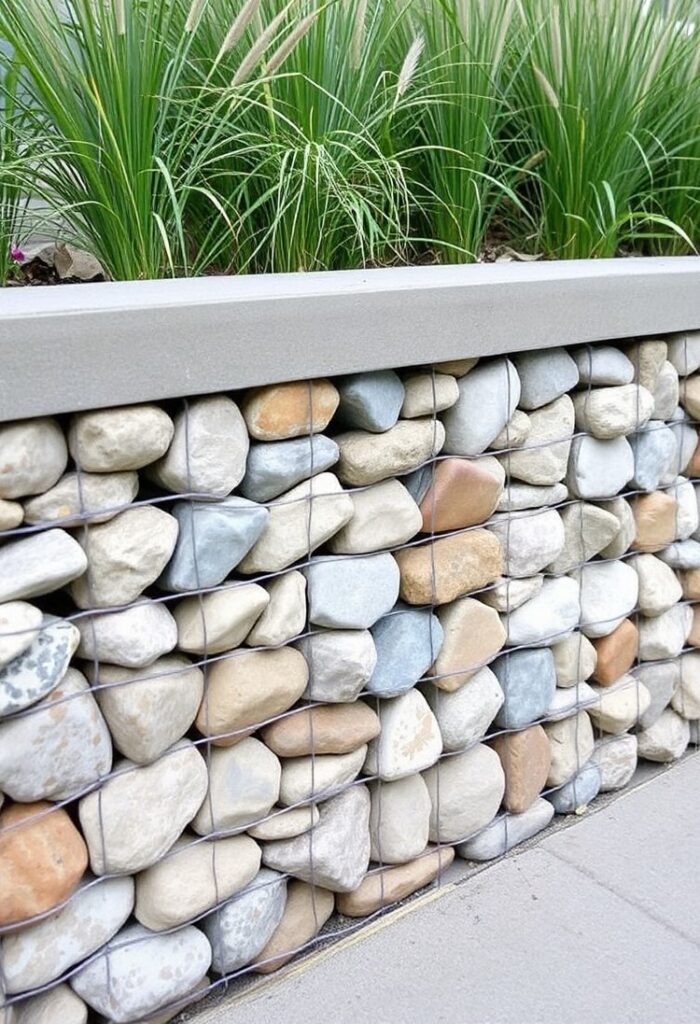
Install gabion walls filled with local stone to create modern flower bed borders. These wire mesh containers filled with rocks provide contemporary appeal while offering excellent drainage and longevity.
15. Fieldstone Circle Gardens
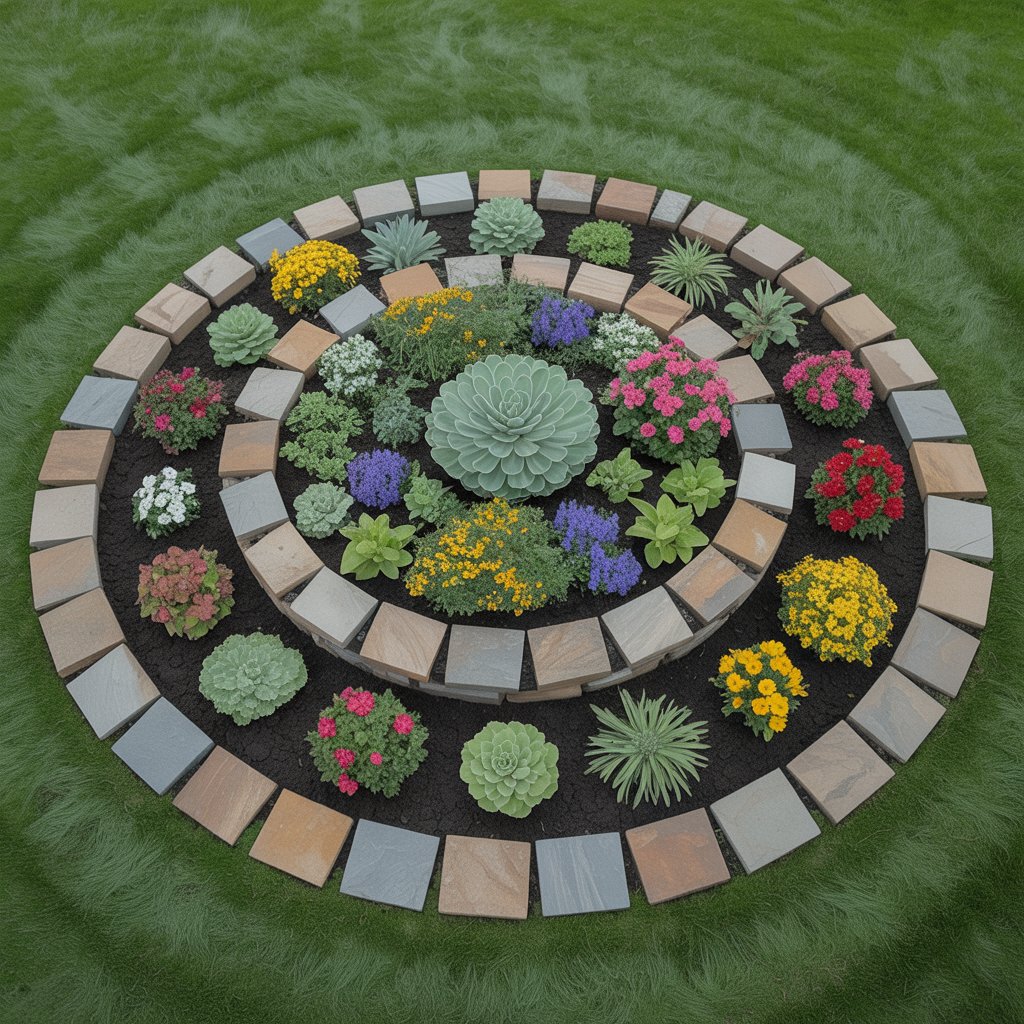
Design circular flower beds using fieldstone borders arranged in concentric patterns. Plant the center with taller specimens and surround with lower-growing perennials for layered visual interest.
16. Sandstone Slab Edging

Use flat sandstone slabs set vertically to create clean flower bed edges. This technique works well for linear planting areas along walkways or foundation plantings.
17. Decomposed Granite Surfaces
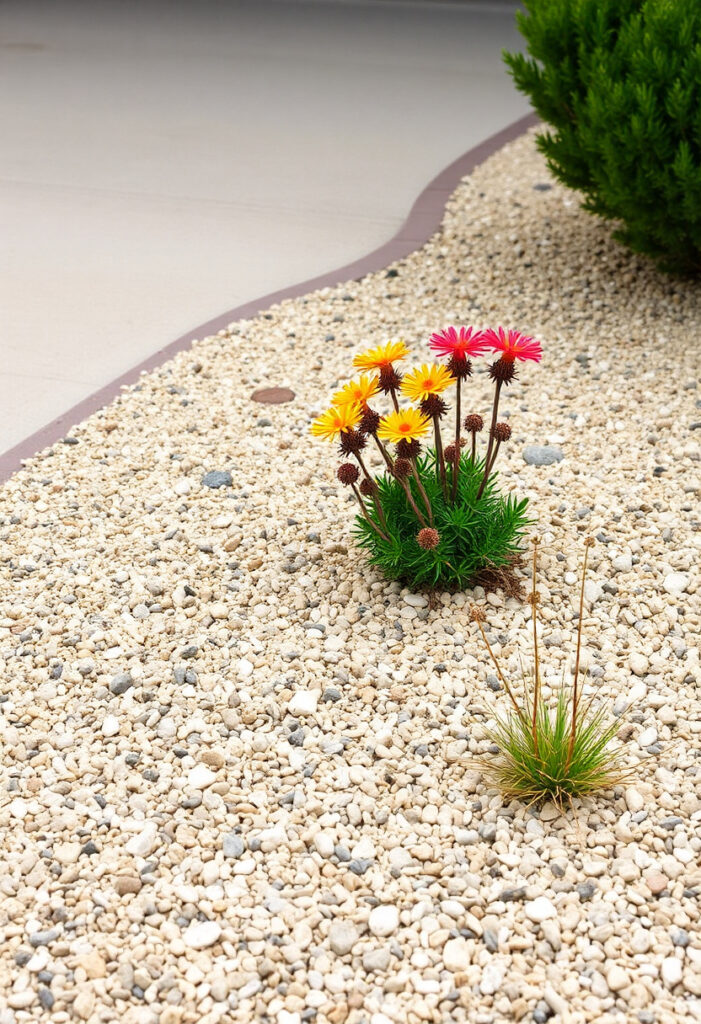
Apply decomposed granite as a permeable surface material within flower bed designs. This finely crushed stone compacts well while allowing water infiltration and provides neutral background for colorful plantings.
Plant Selection for Stone-Bordered Flower Beds
Choose plants that complement stone elements while thriving in your specific growing conditions. Drought-tolerant perennials like sedum, black-eyed susan, and ornamental grasses work well with rock borders since stones provide excellent drainage.
For shaded flower beds, consider hostas, astilbe, and coral bells, which appreciate the consistent moisture retention that stone mulches provide. Annual flowers like marigolds, zinnias, and impatiens add seasonal color changes throughout the growing season.
Installation Tips for Rock and Stone Borders
Proper installation ensures your flower bed borders remain stable and attractive for years. Begin by removing existing grass and weeds from the planting area, then excavate 2-3 inches deep for stone placement.
Install landscape fabric beneath decorative stones to prevent weed growth while allowing water penetration. For permanent borders, consider using a concrete footing to prevent stone movement over time.
Maintenance Considerations
Stone-bordered flower beds require minimal maintenance compared to traditional edging materials. Periodically remove debris that accumulates between stones and refresh loose stone areas as needed.
Spring maintenance should include plant pruning, soil amendment, and stone repositioning if frost heaving has occurred. Fall cleanup involves removing dead plant material while leaving stone elements in place.
Cost Considerations and Budget Planning
Flower bed projects using stone borders vary significantly in cost depending on stone type and installation complexity. River rocks and fieldstones typically cost less than cut limestone or flagstone materials.
Factor in delivery costs for bulk stone purchases and potential excavation needs for raised bed construction. DIY installation can reduce costs substantially, though complex projects may require professional assistance.
Seasonal Interest and Year-Round Appeal
Design your flower bed to provide interest throughout all seasons. Stone elements maintain their appearance during winter months when plant materials become dormant, ensuring your front yard landscape remains attractive year-round.
Select plants with varying bloom times to extend color seasons, and incorporate evergreen elements for winter structure. Ornamental grasses provide movement and texture during fall and winter months.
Questions & Answers
Q: What size rocks work best for flower bed borders? A: For most residential flower beds, rocks between 2-6 inches in diameter provide the best proportion and visual impact. Smaller stones can scatter easily, while larger rocks may overwhelm the space unless used as accent features.
Q: How deep should I dig when installing stone borders? A: Excavate 2-3 inches deep for most decorative stone borders. For permanent installations or heavy stones, dig 4-6 inches deep and add a sand base for stability and drainage.
Q: Do I need landscape fabric under decorative stones? A: Yes, landscape fabric prevents weeds from growing through stone borders while allowing water drainage. Choose commercial-grade fabric that resists tearing and degradation over time.
Q: What’s the difference between river rock and fieldstone for flower beds? A: River rocks are smooth and rounded by water action, providing a softer appearance. Fieldstone has angular edges and varied shapes, offering a more rustic, natural look. Both work well for borders but create different aesthetic effects.
Q: How much stone do I need for my flower bed project? A: Calculate approximately 2-3 cubic yards of stone per 100 square feet for a 2-inch deep application. For borders only, measure the linear feet and multiply by the desired width to determine square footage needs.
Q: Can I install stone borders myself or do I need professional help? A: Most decorative stone border projects are suitable for DIY installation. However, projects involving heavy boulders, extensive excavation, or complex terracing may require professional equipment and expertise.
Q: What plants grow best with stone mulch and borders? A: Drought-tolerant plants like sedums, ornamental grasses, lavender, and native wildflowers thrive with stone mulch. These plants appreciate the excellent drainage and heat retention that stones provide.
Q: How do I prevent stones from scattering into the lawn? A: Install proper edging materials like metal strips or plastic barriers between stone borders and lawn areas. Regular maintenance and choosing appropriately sized stones also helps prevent scattering.

